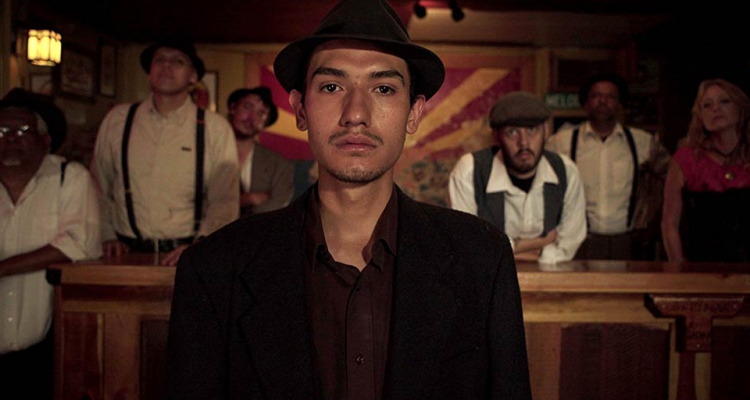In 2016, filmmaker Robert Greene made waves with his film, “Kate Plays Christine.” The docu-fiction film was lauded for its combination of traditional drama and documentary. Greene returns to this unique form, this time combining documentary, western and musical elements for “Bisbee ’17.” Previewed through the festival circuit, including Sundance Film Festival, “Bisbee ’17” has Greene exploring the small mining town on the Arizona-Mexico border and the violent disappearance of its community. Combining dramatization with a documentarian’s tone, Green explores the village of Bisbee’s darkest hour in a radically experimental form.
Reflecting on the past, the small mining town reckons with the day, 100 years ago to the date: 1,200 immigrant miners were deported. The locals in the town recreated the controversial past themselves, with Greene capturing it all on film. Greene’s film was nominated for the Grand Jury Prize at the 2018 Sundance Film Festival. It’s now a hyper-relevant story and intense meditation on how the past meets our present. The commentary relates directly to our harrowing current political climate and the “immigration crisis” narrative our administration is so hellbent on promulgating. And with such an eye as Greene’s, the story is given an engaging, far-out spin.
“Bisbee, ’17” opens for theatrical release September 5th. Here is the official synopsis and trailer:
Radically combining collaborative documentary, western and musical elements, the film follows several members of the close-knit community as they attempt to reckon with their town’s darkest hour. In 1917, nearly two-thousand immigrant miners, on strike for better wages and safer working conditions, were violently rounded up by their armed neighbors, herded onto cattle cars, shipped to the middle of the New Mexican desert and left there to die. This long-buried and largely forgotten event came to be known as the Bisbee Deportation.
The film documents locals as they play characters and stage dramatic scenes from the controversial story, culminating in a large-scale recreation of the deportation itself on the exact day of its 100th anniversary. These dramatized scenes are based on subjective versions of the story and offer conflicting views of the event, underscoring the difficulty of collective memory, while confronting the current political predicaments of immigration, unionization, environmental damage and corporate corruption with direct, haunting messages about solidarity and struggle.

